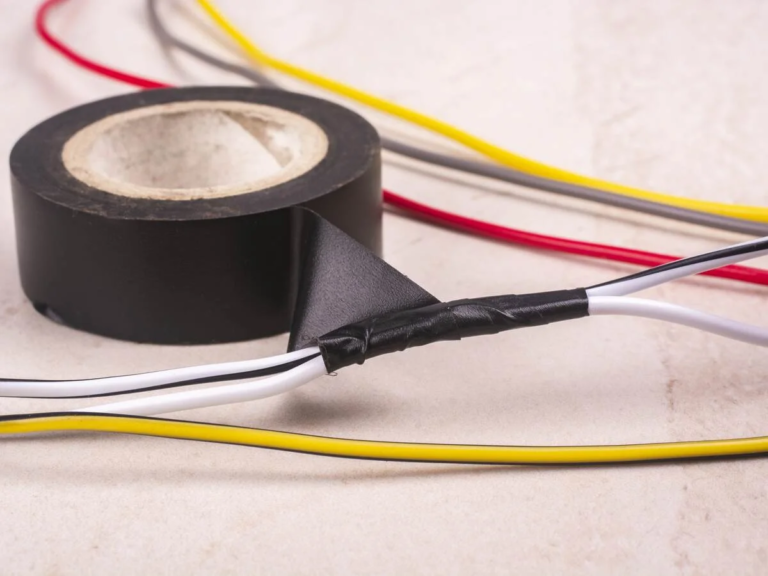
connections hints
Introduction: The Importance of Connections in Java Development
Java is renowned for its platform independence, robust performance, and adaptability. One of the essential aspects of Java programming lies in managing connections effectively, be it database connectivity, network communications, or application integrations. Connections form the backbone of seamless data flow and process execution, ensuring robust, scalable, and efficient applications. connections hints
In this article, we dive deep into the intricacies of connections in Java, leveraging insights inspired by javaobjects.net. We’ll explore connection management, best practices, real-world examples, and troubleshooting tips to help you master this critical skill. connections hints

1. What Are Connections in Java? Understanding the Basics
Connections in Java refer to establishing communication pathways between different entities, such as applications, databases, servers, or external APIs. These pathways enable data exchange, resource sharing, and collaboration across systems. connections hints
1.1 Types of Connections in Java
- Database Connections: Facilitating data exchange between applications and databases like MySQL, PostgreSQL, or MongoDB. connections hints
- Network Connections: Handling data transfer over the internet or intranet via protocols like HTTP, FTP, and TCP/IP.
- Application Connections: Managing inter-process communication or integration between components.
These connections allow Java developers to create feature-rich applications capable of dynamic interaction with multiple systems.
1.2 Why Are Connections Important?
Connections are crucial for:
- Data Integrity: Ensuring data is accessed and manipulated consistently.
- Scalability: Allowing systems to grow while maintaining performance.
- Interoperability: Enabling seamless integration between disparate systems.
1.3 How Javaobjects.net Can Help
javaobjects.net offers a repository of tools, resources, and guides specifically tailored to managing Java connections. From beginners to seasoned professionals, it provides insights that simplify complex tasks.
2. Database Connections in Java: JDBC Essentials
JDBC (Java Database Connectivity) is the core API that allows Java applications to connect to relational databases. Its simplicity and power make it indispensable for any Java developer.
2.1 Setting Up JDBC
- Load the Driver: Ensure the database driver (e.g., MySQL Connector) is available in your project.
- Establish a Connection: Use
DriverManageror DataSource for obtaining a database connection. - Execute SQL Queries: Employ Statement or PreparedStatement objects for executing commands.
2.2 Best Practices for Database Connections
- Connection Pooling: Use libraries like HikariCP for efficient resource management.
- Prepared Statements: Protect against SQL injection attacks by using parameterized queries.
- Close Connections: Always close connections, statements, and result sets in a
finallyblock.
2.3 Common Issues and Their Solutions
- Driver Not Found: Ensure the driver JAR is included in the classpath.
- Connection Timeout: Adjust connection pool settings for optimal timeout values.
- Data Corruption: Implement transactions to maintain data integrity during complex operations.
3. Network Connections: Java Sockets and HTTP
Network programming in Java is pivotal for building web services, APIs, and distributed systems. Java provides several classes and frameworks to simplify this process.
3.1 Understanding Java Sockets
Sockets enable low-level communication between two systems over connections hints
3.2 HTTP Connections with Java
Use the or modern libraries like Apache for HTTP communications.
3.3 Tools for Network Debugging
- Wireshark: Analyze network packets to debug communication issues.
- Postman: Test APIs before integrating them into your Java application. connections hints
4. Advanced Concepts: Connection Pooling and Multithreading
4.1 Connection Pooling
Connection pooling is the practice of reusing connections instead of creating new ones for every request. It is essential for high-performance applications. connections hints
Benefits:
- Reduced Latency: Minimized time spent establishing connections.
- Efficient Resource Usage: Avoid exhaustion of database connections.
- Thread Safety: Frameworks like HikariCP ensure pooled connections are thread-safe. connections hints
4.2 Multithreaded Connections
When dealing with concurrent users, multithreading ensures that each thread can manage its own connection without interference. connections hints
4.3 Combining Both Techniques
Combine connection pooling with multithreading for scalable, enterprise-level solutions. Frameworks like Spring Boot make it easier to configure and manage these capabilities.
5. Troubleshooting Connection Issues
5.1 Diagnosing Problems
- Timeouts: Check server logs for clues.
- Authentication Errors: Verify credentials and database/user permissions.
- Network Failures: Use tools like
pingandtracerouteto test connectivity. connections hints
5.2 Debugging Tools
- Loggers: Use logging frameworks like SLF4J to capture detailed information about connection failures.
- Profilers: Tools like VisualVM can help identify bottlenecks.
5.3 Common Error Codes
- SQL Error 1045: Access denied; likely a credentials issue.
- SocketTimeoutException: Network delay; check server and client configurations.

6. Leveraging javaobjects.net for Connection Mastery
javaobjects.net serves as a hub for Java developers, offering:
- Code Examples: Ready-to-use snippets for common connection tasks.
- Tutorials: Step-by-step guides for mastering JDBC, sockets, and APIs.
- Community Support: Forums and discussions for troubleshooting complex issues.
Whether you’re a beginner or an expert, leveraging such resources can accelerate your learning curve and help you stay updated with industry trends.
Conclusion: Building Strong Connections with Java
Connections in Java are more than just pathways—they are lifelines for modern applications. From database operations to network communications, mastering these concepts ensures the reliability and performance of your software. connections hints
By following the best practices outlined here and tapping into resources like javaobjects.net, you’ll be well-equipped to handle even the most challenging connection scenarios. Remember, strong connections build strong applications! connections hints





